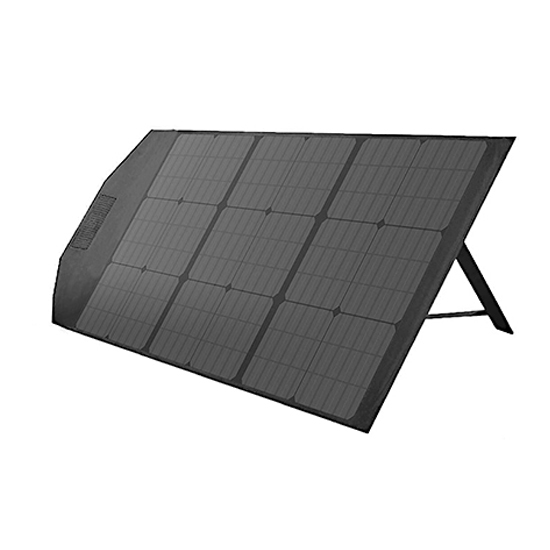Most RVs have rubber roofs, with rubber sheets fastened to wood or other materials. The question is, will this hold up the solar panels? Or do you need to add extra modules to provide support? You can actually put PV modules on a rubber roof, but it has to be done right. Solar panels can be installed on rubber roofs with tension bolts and sealant. Ballast mounting systems can also be used to secure solar panels.
 Solar Panel installting On A Rubber Roof
Solar Panel installting On A Rubber Roof
Solar panels can be mounted on rubber roofs using lag bolts. Attach mounting brackets to the panel frame and secure to the roof. Your solar mounting hardware provides mounting directions. Basically, you attach the frame of the solar panel to the mounting brackets and then attach them to the roof. The required hardware should be included in the kit for installation as directed. Note that the hardware will vary if you opt for angled solar panels.
Carefully align the solar panel when installing. Make sure there are no obstructions around the panel and enough space to clean the module or troubleshoot. Most solar installation kits have Z brackets for rubber roofs. Tilt hardware is also available, and you can even order custom stands. For most people, the set of Z brackets will suffice.
Things To Do Before Installing Solar Panels On Rubber Roofs
These recommendations apply not only to rubber roofs, but to any solar installation, be it a house, boat or jeep.
- Size your solar needs. Once you know how much solar energy your RV needs, you can determine if the roof can support the number of modules needed. If not, you may need to find another power source or buy a battery pack. Can start with a small solar system and add it later if needed.
- Check the roof. Check the RV owner's manual for details on roofing materials. What rubber is it, what does it rest on, how thick is the support, how many layers are there, etc.
- Measure the roof. By measurement we mean the space available for installing solar panels. The thing to keep in mind is that these portable solar panels need to be spaced out so you can step on the roof to clean them. You should also decide whether you want to install the solar panels in series or parallel.
- Buy the components. These includes the solar panels, mounting hardware, sealant and any tools required. You will also need a charge controller, connectors, cables and wires.
Tips For Installing Solar Panels On Rubber Roofs
- Use the screws, nuts, and bolts that come with the solar installation kit. You can get these at any hardware store, but bundled with this kit is specifically designed for solar installations.
- Apply a generous amount of sealant. If your RV is passing rough roads or you are driving through strong wind and rain, make sure the reinforcement panels are installed. This only works with flat modules, as the angled solar panels have to be folded while driving.
- Use a stud finder if possible. This provides extra support for the roof especially when combined with sealant.
- Seek professional help if needed. If you're not sure how to proceed, let a professional installer do it for you. Installing solar panels is a serious undertaking, so don't hesitate to seek expert help.
